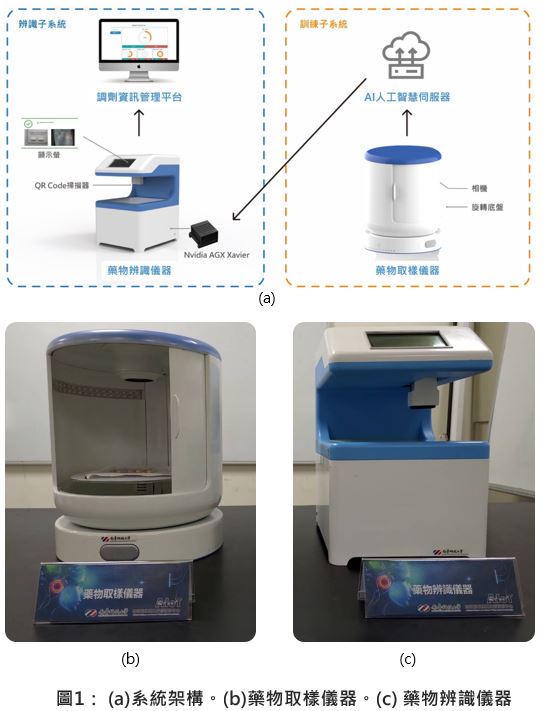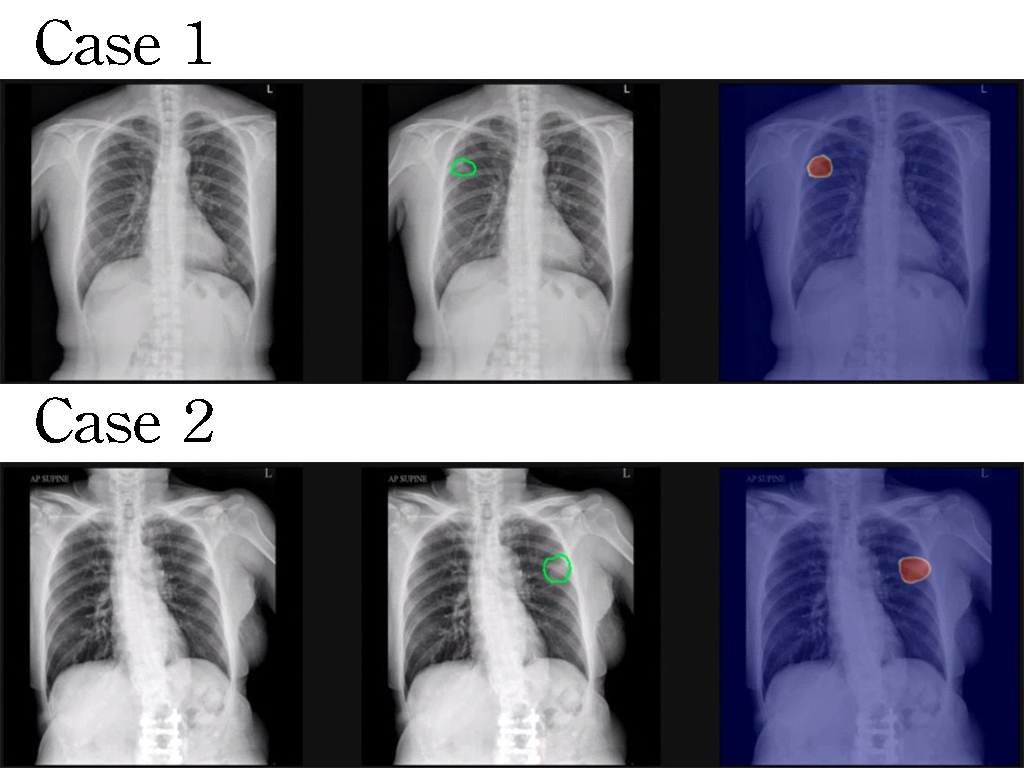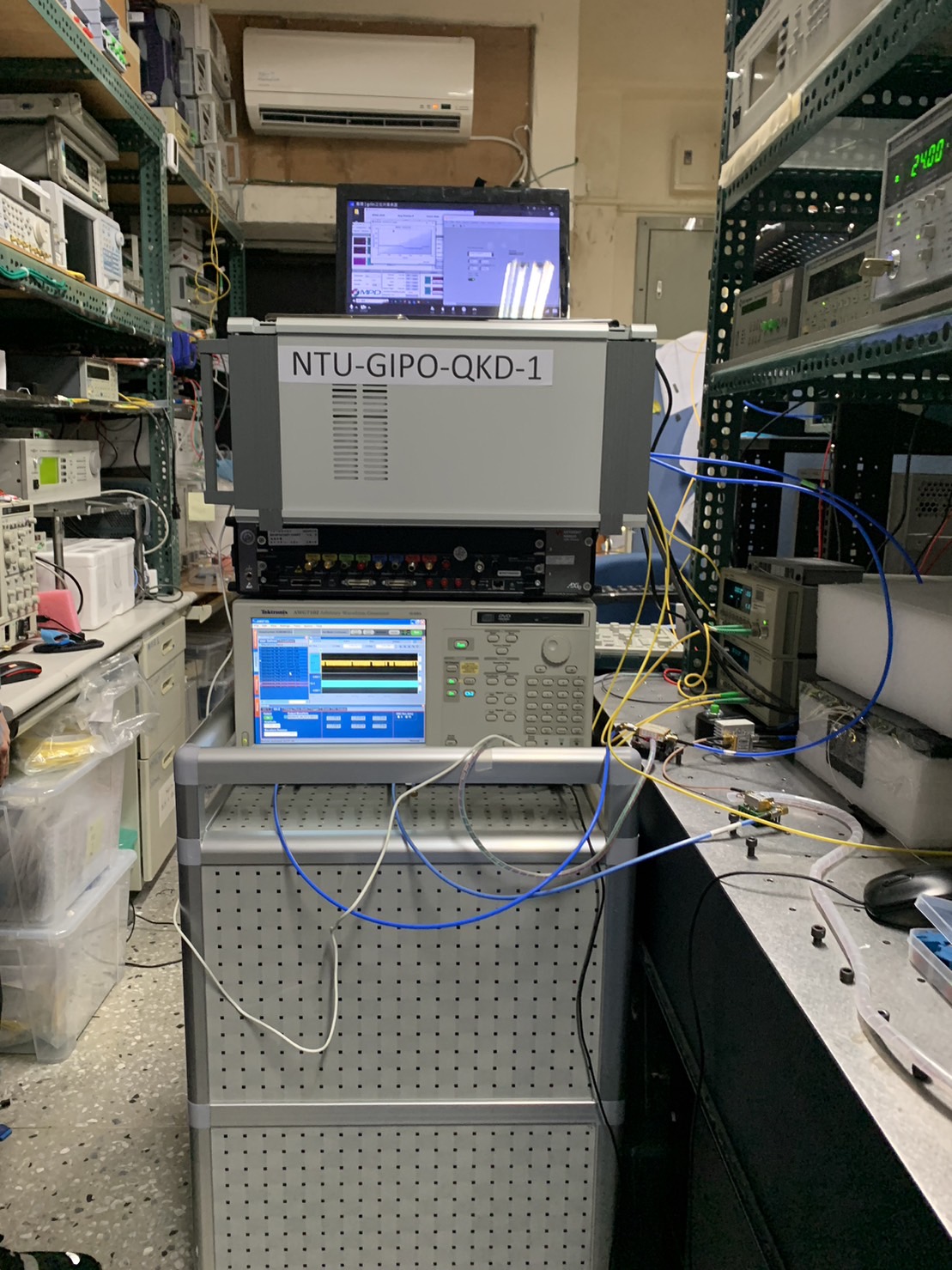| Technical Name | Electric Motor Emulator | ||
|---|---|---|---|
| Project Operator | National Taiwan University | ||
| Project Host | 陳耀銘 | ||
| Summary | Using the EME instead of a real motor for the motor driver testing offers many advantages such as simple operation, rapid specification adjustments, the ability to simulate motor fault conditions, absence of rotating components, shorter R&D cycles, and energy recovery. The key aspects of EME technology include: motor modeling, numerical computation, delay compensation, current control, harmonic suppression, speed signal feedback, and more. This work is a 30 kW prototype, which can be directly interfaced with motor drivers to complete testing under different torque and speed conditions. |
||
| Scientific Breakthrough | The scientific breakthroughs of this work include: (1) Establishing a dynamic model that combines both mechanical and electrical behaviors of the motor. (2) Achieving fast and stable electrical sensing, along with accurate output of the emulated motor information. (3) Implementing a high-frequency, high-power converter and electric energy recycling capablilty. |
||
| Industrial Applicability | The EME can replace traditional motor drive testing, offering advantages such as low energy consumption, noiseless operation, safety, and stability, thereby boosting R&D efficiency and product reliability. It can reduce development costs by 50–80% and shorten timelines by 50%, while meeting multi-scenario verification requirements. The technology is highly scalable and applicable to diverse industries such as electric vehicles, energy storage, and renewable energy. It is expected to become a key technology in the power electronics industry chain, enhancing competitiveness and creating high added value. |
||
- Contact
- Tsai, Ya-Chih
- yachihtsai@ntu.edu.tw
other people also saw















